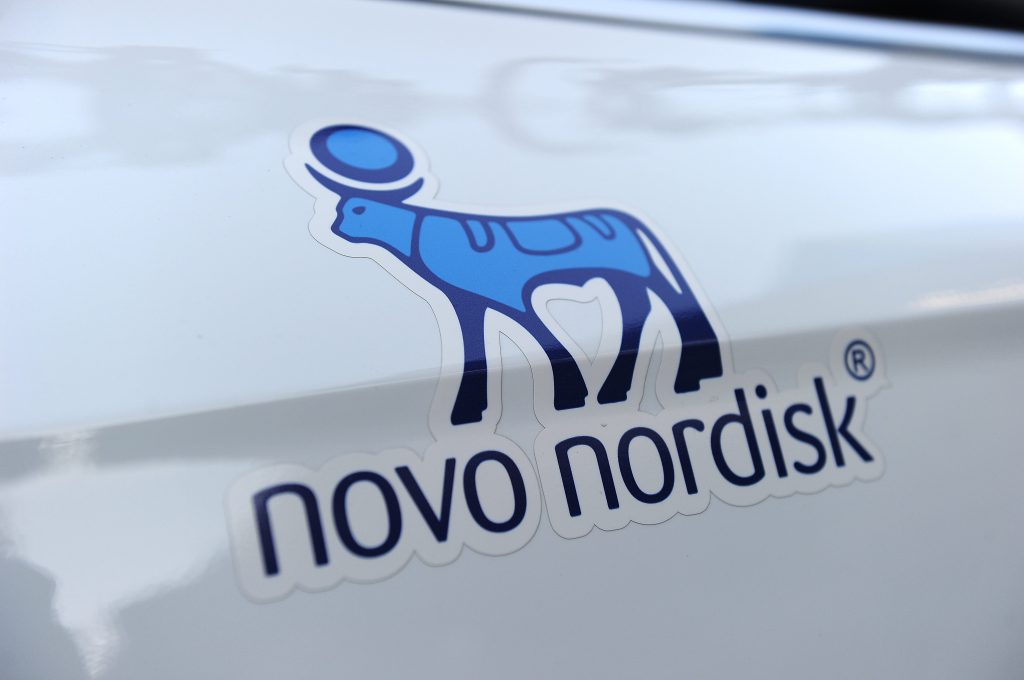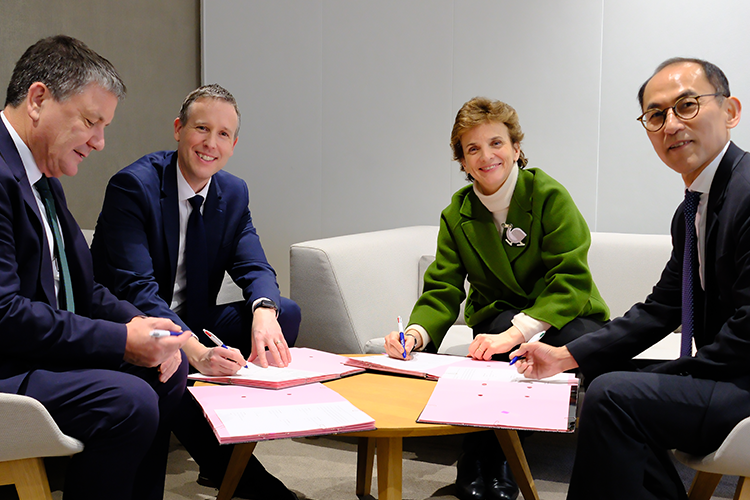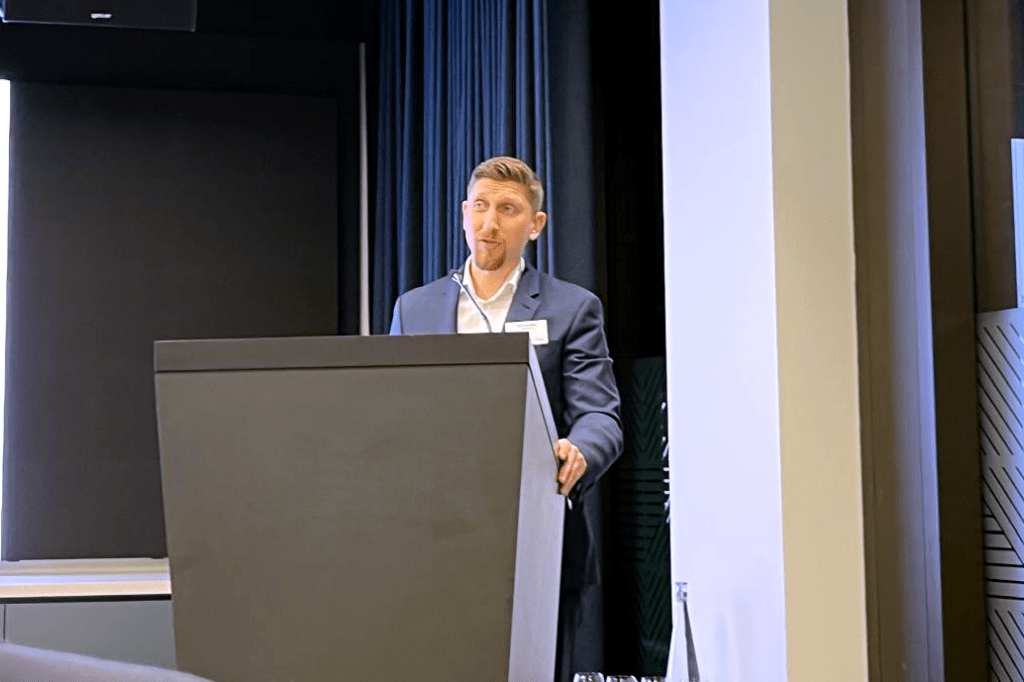Nearly 15 years after the global financial crisis, company culture continues to top the agenda of policymakers, regulators and senior boardroom leaders. However, the post-Covid-19 world looks very different to the one that led to the crisis of 2007-2009.
Global research from Allen & Overy has identified different factors now at play which have individually and collectively transformed many aspects of the financial services sector:
- hybrid working;
- climate change;
- diversity, equity, and inclusion (DE&I);
- the emergence of Generation Z in the workforce;
- the growing impact of employee and stakeholder activism; and
- social media’s impact on corporate strategy and commercial operations.
With these changes have come even greater scrutiny and challenges for firms. A failure to give due consideration to company culture poses a regulatory and reputational risk for financial services organizations.
“The factors influencing culture today are very different when compared with the previous few years.”
Sally Dewar, CEO, A&O Consulting
Sally Dewar, CEO of A&O Consulting, said: “Culture continues to top the agenda of policymakers, regulators and senior boardroom leaders across financial services firms. Leadership teams need to continually assess and evolve their approach to organisational culture.”
The global study of over 500 financial services companies showed that:
- 62% of senior leaders believe new and emerging technology platforms pose the biggest threat.
- More than half of respondents say that managing a multi-generational workforce poses a significant challenge to their firm’s culture over the next 12 months.
Technological risk
The study noted that technological innovations pose a variety of challenges. New platforms and tools can affect the firm’s ability to manage risk effectively by reducing the sense of responsibility and accountability of managers and employees alike.
The growing use of algorithms and AI is further complicating matters, requiring firms and regulators to consider the near and longer-term implications of these technologies.
However, the use of technology is not always a negative. “Whilst technological risk is front of mind for senior leadership, it can also create opportunity. Used effectively to enhance feedback and data analysis, it could highlight cultural issues that, when actioned, lead to long term improvements.” said Clive Garfield, Executive Director, A&O Consulting.
Managing a multigenerational workforce
The study separated the multigenerational workforce challenge into three different categories:
Generation Z – According to the World Economic Forum, Generation Z (those born between 1997 and 2012) will make up 27% of the OECD workforce by 2025. This means that employers face the prospect of having to manage four generations working side-by-side.
In practical terms, balancing the different, and potentially competing, needs and wants of these four generations will inevitably create cultural sensitivities and flashpoints that leadership teams will have to navigate. For example, firms that choose to promote a narrative about having a young and dynamic workforce may make older employees feel excluded. Managers will therefore have to pay close attention to the language and narratives they use to avoid alienating parts of their multi-generational workforce.
Hybrid working – The rise in hybrid working is proving to be both transformative and disruptive. It has created new opportunities for flexible working and rethinking work-life balance while upending traditional approaches to workplace collaboration and connectivity to the organisation. In response, managers and teams are being forced to adapt and in some instances to reimagine long-standing working practices.
“A multi-generational workforce brings diverse thoughts and opinion, which are proven to enhance decision-making.”
Clive Garfield, Executive Director, A&O Consulting.
DE&I – This continues to be a long-term strategic priority for financial services firms, particularly as regulators, clients and employees put pressure on boards and senior management to go further and faster in bringing about change. Importantly, the scope of diversity should extend beyond gender and ethnicity to include social mobility, personal backgrounds and professional expertise.
By providing equal opportunities for all, leaders can help to create a working environment that is truly inclusive. While many firms take positive steps to improve diversity at entry level, a lack of diversity at a senior level can be perceived as evidence that a firm does not value or promote inclusion, and that there are barriers preventing employees from different groups from advancing to higher positions. To that end, any approach to greater inclusion must go beyond fulfilling quotas. It has to be incorporated into every aspect of the firm’s organisational decision-making.
“A multi-generational workforce brings diverse thoughts and opinion, which are proven to enhance decision-making. Understanding this and adapting business strategy can have a direct influence on overall business performance. Organizations need to position culture as a strategic imperative and embed corporate values to support their business strategies.” said Clive Garfield, Executive Director, A&O Consulting.
View the full Allen & Overy report: Organisational culture in financial services













